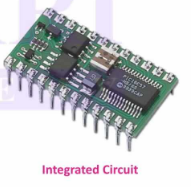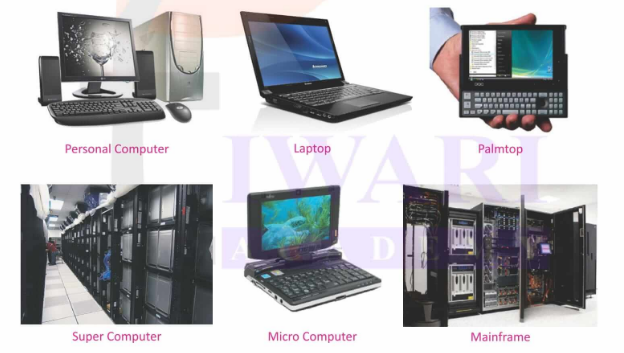Chapter 1: Generation and Types of Computers
Introduction:
Computers have evolved significantly over time, undergoing various generations and advancements. Each generation brought about significant improvements in terms of speed, processing power, storage capacity, and size. Additionally, computers can be classified into different types based on their functionality and design. In this chapter, we will explore the generations of computers and the different types of computers that exist today.
1. Generation of Computers:
1. First Generation (1940s-1950s):
The first generation of computers used vacuum tubes for circuitry and magnetic drums for data storage. These computers were large, slow, and consumed a considerable amount of electricity. They were mainly used for scientific calculations and military purposes.
2. Second Generation (1950s-1960s):
The second generation of computers introduced transistors as a replacement for vacuum tubes, resulting in smaller, faster, and more reliable machines. Magnetic core memory was used for data storage, and assembly languages were developed for programming.
3. Third Generation (1960s-1970s):
During this period, integrated circuits (ICs) were introduced, which further reduced the size of computers and increased their processing power. These computers were more reliable and consumed less power. High-level programming languages like COBOL and FORTRAN were developed, making programming easier.

4. Fourth Generation (1970s-1980s):
The fourth generation witnessed the advent of microprocessors, which led to the development of personal computers (PCs). These computers were smaller, more affordable, and accessible to individuals. Graphical user interfaces (GUIs) and operating systems like Microsoft Windows were introduced.
5. Fifth Generation (1980s-Present):
The fifth generation focuses on parallel processing, artificial intelligence (AI), and natural language processing. These computers can execute multiple tasks simultaneously and handle complex calculations efficiently. Examples include supercomputers and advanced AI systems.
2. Types of Computers:
1. Supercomputers:
Supercomputers are the most powerful and fastest computers. They are designed for performing complex calculations and simulations that require massive processing power. Supercomputers are used in scientific research, weather forecasting, and cryptography.
2. Mainframe Computers:
Mainframe computers are large and powerful machines that can handle extensive data processing and serve multiple users simultaneously. They are commonly used in organizations for critical applications such as transaction processing and database management.
3. Minicomputers:
Minicomputers are smaller than mainframes but larger than microcomputers. They offer moderate processing power and are suitable for small-scale business operations, scientific research, and computer-aided design (CAD) applications.
4. Microcomputers (Personal Computers):
Microcomputers, also known as personal computers (PCs), are small, affordable, and designed for individual use. They are commonly found in homes, schools, and offices. PCs include desktop computers, laptops, tablets, and smartphones.
5. Workstations:
Workstations are specialized computers designed for technical or scientific applications. They offer high-performance capabilities and are used in fields such as computer-aided design (CAD), 3D modeling, and scientific simulations.
6. Embedded Computers:
Embedded computers are built into other devices or systems and serve specific functions. They are found in appliances, vehicles, medical equipment, and industrial machinery. Embedded computers are designed to perform dedicated tasks efficiently.
Conclusion:
The field of computer science has seen remarkable progress with the evolution of computer generations and the development of various types of computers. Each generation has brought about significant advancements in computing power and functionality. Understanding the different types of computers helps us choose the most appropriate one for specific tasks and applications.






Post a Comment